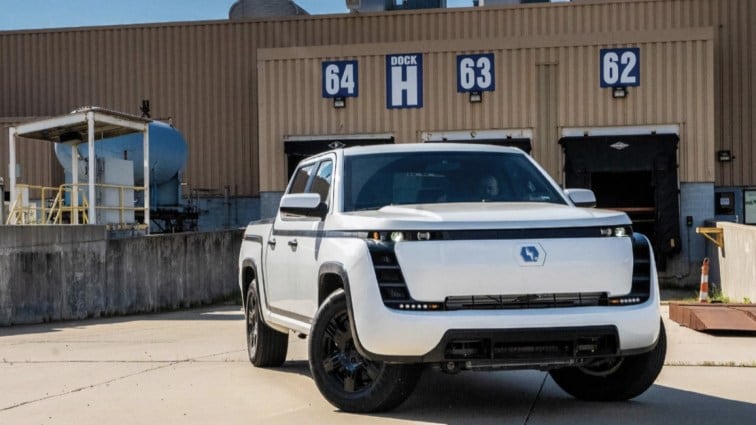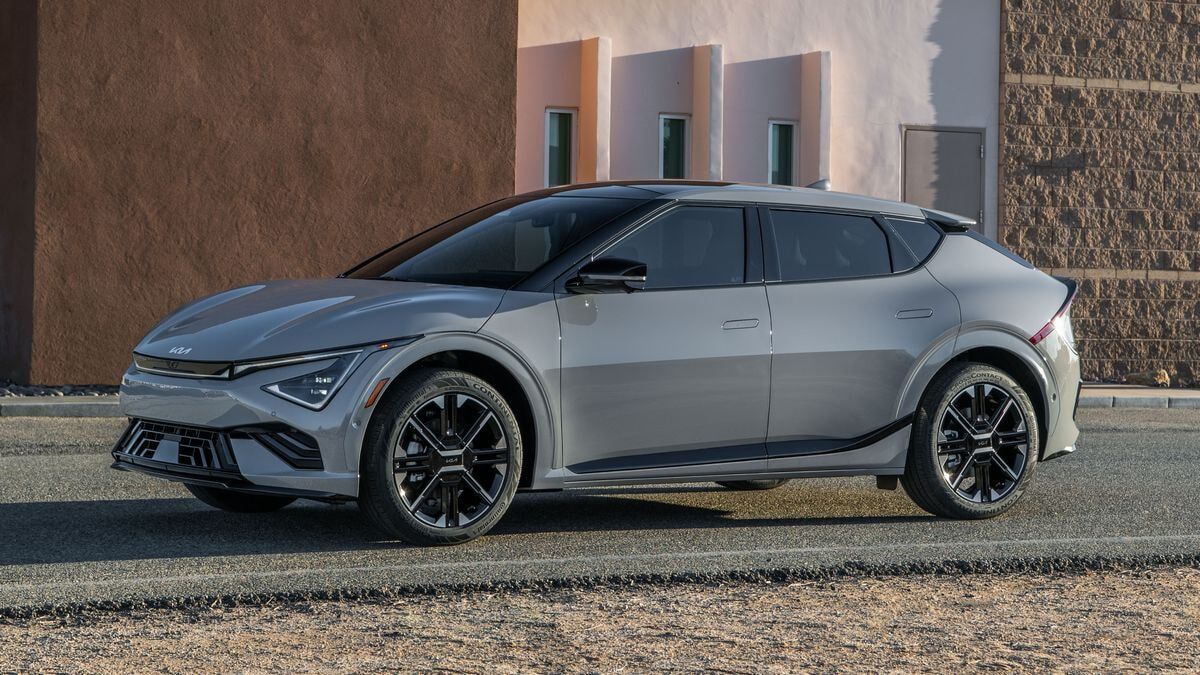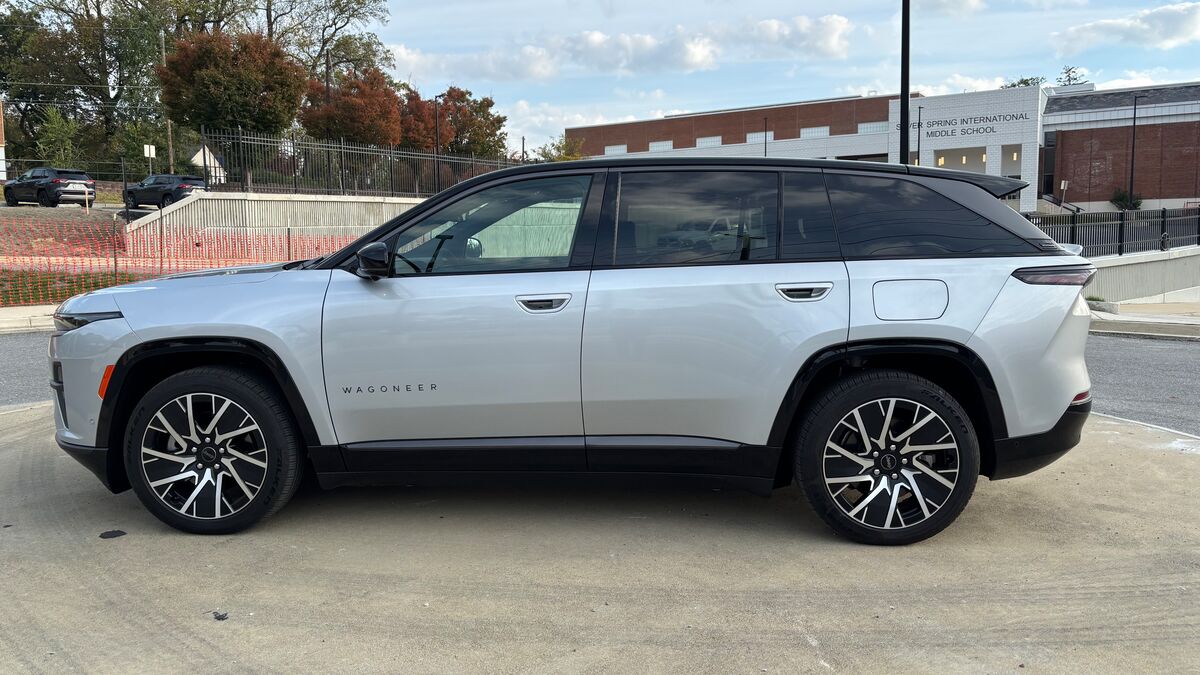
In a letter to the Securities and Exchange Commission (SEC), Lordstown explained that its stock price had fallen below the $1 minimum required for continued listing on the Nasdaq market. That caused electronics giant Foxconn to threaten to pull funding from the company. If Lordstown and Foxconn can’t reach a new funding agreement, the automaker says it “will be deprived of critical funding necessary for its operations.”
Related: Future Electric Trucks – What’s Coming in 2023 and Beyond?
At press time, Lordstown stock was trading at $0.40.
It peaked at $29.01 in September 2020.
What Is Lordstown Motors?
The automotive industry’s attempt to transition to electric cars has created a new opening for startup automakers. Lordstown is one of a handful of companies attempting to break into the notoriously tough American auto market from scratch.
It is based out of a former General Motors assembly plant in Lordstown, Ohio.
Founded in 2018, the company planned to build its reputation around a full-size electric pickup with four motors – one in the hub of each wheel. Separate wheel motors can power an exceptionally capable off-road vehicle since the truck can vary the speed of each wheel to negotiate over trail obstacles.
What Truck Do They Build?
The company’s first (and perhaps only) product is the Lordstown Endurance. A full-size pickup with up to 550 horsepower, it has a range of approximately 200 miles.
A huge body-color panel instead of a grille and thick black accent lines make it unmistakable on the road.
The Endurance was a finalist in the 2023 North American Car of the Year awards in the truck category, ultimately losing to the Ford F-150 Lightning.
How Many Did They Deliver?
Lordstown hasn’t posted updated delivery numbers for the first quarter, which may be a warning sign. The company announced last November that it had begun customer deliveries of the Endurance. But in February, it paused production over what it called “performance and quality issues.”
The company just recently announced that it had resumed production of the truck.
But as of March, CNBC reported, “it had built about 40 trucks and delivered six to customers.”
What Happens Now?
Lordstown hasn’t announced bankruptcy at this point and could still survive. The company’s letter to the SEC warns that Foxconn may pull funding and says the companies are in discussion. They could reach a resolution that allows Lordstown to continue operations. Or an outside investor could step in to take Foxconn’s place.
After all, the Endurance design has won recent praise.
But the automotive industry is a notoriously hard trade to break into. The costs of setting up factories, building global supply lines for thousands of high-tech parts, establishing dealerships or alternative methods of distributing and servicing cars, and advertising to a skeptical public are immense.
Automotive startups have to lose money for a long time before they make money. Tesla is everyone’s favorite success story. But Tesla turned its first profit on car sales in its 19th year of existence (and then quickly rocketed to become America’s best-selling luxury car brand).
Tesla also had an advantage Lordstown doesn’t. The company could offset its losses on selling cars by selling regulatory credits to other automakers, who needed them because their own lineups didn’t meet fuel efficiency standards without them. Now that virtually every automaker builds electric cars, no major automaker buys a significant number of credits.
Lordstown would need a backer with deep pockets to step in very quickly to stay afloat.







